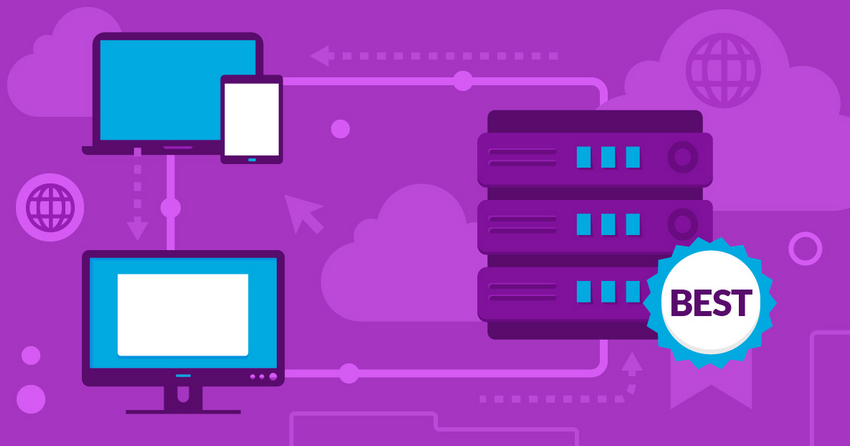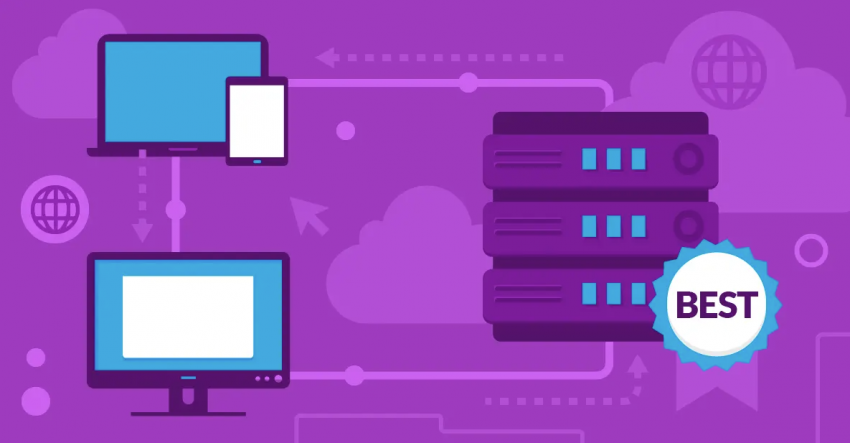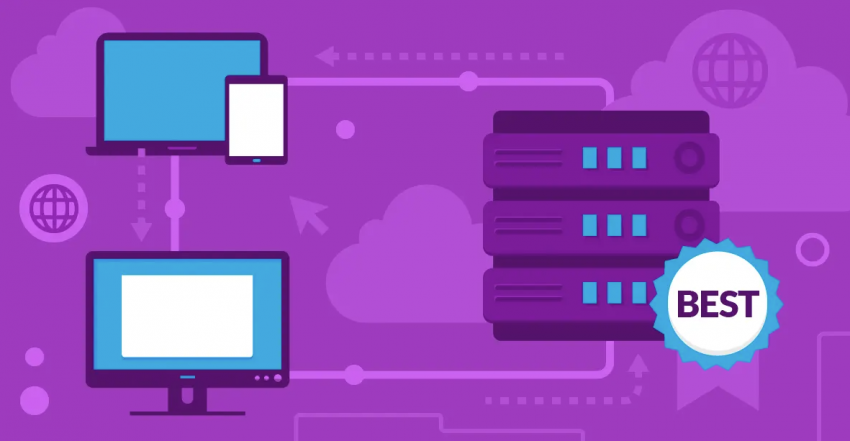It also promises to be affordable (and it is that, at least).
But is this affordable VPS hosting everything it needs to be, and does it do everything it needs to do? Could you launch your medium-to-large business website or app and feel secure in the knowledge that your site will stay up and load fast?
I built a test website to find out just that. And all things considered, ScalaHosting tested well, and I had basically no issues with it. For a newcomer to VPS hosting, the simplicity of the SPanel user interface could be a great start.
That, plus the highly customizable payment plans and the option to set up managed DigitalOcean and AWS cloud servers, makes ScalaHosting a solid choice, though it doesn’t have all the free extra features you could wish for.
Features
ScalaHosting VPS Is Designed to Use Only What You Need
Let’s start with some general information. ScalaHosting offers both managed and unmanaged VPS plans, with the managed plans actually starting at a slightly lower price per month.
Yeah, you read that right. The managed plans start off cheaper, and they’re based on CentOS 8, which I like very much.* ScalaHosting really wants you to get addicted to the customer service (more on that down below).
To simplify my life, and to test said customer service, I went with the cheapest managed VPS plan, which starts you off with 1CPU core, 2GB of RAM, and 20GB of space on an SSD. That’s admittedly not much, but it’s enough to launch a small site with.
If you need more, one of the big selling points is that you can scale up your server piece by piece, as it were. You can individually buy more CPU cores, more RAM, or more space. You only pay for what you need.
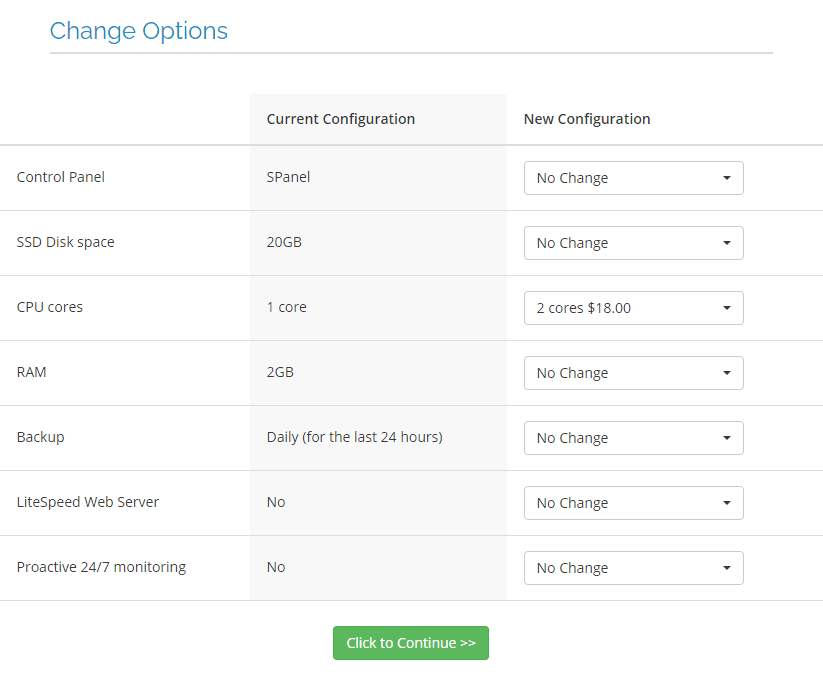
It’s not quite as granular as some hosts where you practically pay by the CPU cycle, but it helps keep your costs down.
All plans come with daily remote backups, extra backups in the form of snapshots that cover the last two days, and free site migration. The resources you pay for are guaranteed to be yours and yours alone.
Every VPS also comes with a dedicated IP address. For the uninitiated, that means your server is viewed as being a bit more trustworthy by the internet at large. That means emails from your server are less likely to get blacklisted, and your site can actually get a better ranking on Google.
Oh, and every plan comes with free SSL. As they darned well should. In this case, the SSL is provided by Let’s Encrypt, but if you have a custom certificate you want to install, you can do that too.
All of this can be controlled and configured via SPanel, ScalaHosting’s proprietary control panel. If SPanel doesn’t float your boat and you long for the familiar comfort and features of cPanel, that’ll cost extra, but it’s there if you want it.
There are some more things you have to pay extra for too: If you want to use the relatively new – and super fast – LiteSpeed Web Server tech, that’ll cost you. The same goes for extra remote backups, as ScalaHosting will keep only one day’s worth of remote backups by default.
The Managed VPS Hosting Is a Breeze
The experienced developer will (probably) already know what managed VPS hosting is like, so this is for all my people out there who’ve been stuck on shared hosting all this time: Get. You. Some. Of. This.
You might have balked at the idea of running your own server, virtual or otherwise, for the simple reason that server administration is complicated. I mean, who wants to figure out hardware, server security, plus server maintenance and updates? Well, I want to do that for fun, but for most people who just want to put a website up already?
It’s too much.
This is where ScalaHosting’s managed VPS plans come to the rescue, because the tech team takes care of all that background stuff for you. You don’t have to update anything except your WordPress installation and plugins.
SShield Keeps Your Site Safe
SShield (or SPanel Shield) is one of those background services that makes your life easier. It’s an automated, AI-based security suite that’s constantly watching your site for hacks and attacks. In theory, it blocks most of them outright (ScalaHosting says it blocks 99.998% of attacks).
When an attack does get through, the system is designed to notify you immediately and tell you what you can do to fix it. And if you don’t know how to use that information, you can always send it off to tech support.
There’s Also Easy Node.js Setup
Okay, here’s one for my developer friends: While most of the internet runs on PHP, and PHP-based CMSs such as WordPress, you might want something a little more modern, like Node.js. While many VPS hosts will make you use an unmanaged server and configure everything yourself, ScalaHosting won’t.
That’s right! Node.js is available and supported on the managed plans. You’ll have to talk to tech support to get it set up, but that’s one less thing you have to do manually.
You Can Get Managed DigitalOcean and AWS Servers
That’s right: over the past couple of years, ScalaHosting has done something rather interesting. The company has partnered with both DigitalOcean and AWS (Amazon Web Services) to deliver high-performance, managed cloud hosting.
If you want to take advantage of a top cloud infrastructure, but you don’t want to set up and handle the server stuff yourself, then ScalaHosting will do that for you.
What’s more, you’ll get SPanel installed on all your AWS and DO server instances. Basically, if you want to go in and manage some things yourself without typing out every command in a terminal, you can.
The benefit to you is that you get access to AWS’s and DO’s server locations, as well as to mountains of processing power/bandwidth. The benefit to ScalaHosting is that the company gets paid to provide server management.
The cheapest managed AWS plan comes with 1 CPU Core, 2GB RAM, 60GB SSD, and 3TB Bandwidth. And on a managed plan, that’s pretty reasonable.
Ease of Use
Acquiring and Configuring Your Server Is Simple(ish)
For the purposes of this article, I’m assuming that if you need a VPS, you know more or less what you’re doing, or you’re willing to learn. You don’t need to be a programmer to use a VPS, but it helps to have some idea of how hosting and servers work in general.
So long as you’ve got that bare minimum of knowledge, you’re good. Signing up was simple enough that it bears no further comment. There’s no real confusion about “which plan is better” when you literally build your own by choosing the resources you want.
When you first sign in, you even get a little tour to tell you where to find everything.
The SPanel Control Panel Is Pretty Great
Assuming you don’t want to shell out the cash for cPanel, you’re still in pretty good hands with SPanel. It’s clean, it’s easy to navigate, and it has the basic features you’ll need.
A tip for the newbies: When you’re running a VPS, SPanel actually comes in two parts:
First, there’s the server management panel, which acts a bit like Web Host Manager (WHM), if you’re familiar with that. This is where you configure things like user accounts and how many websites run on your server. You can also use it to keep an eye on your server resources, reboot your server, and more.
It’s designed for anyone who wants to run more than one site on a server, including resellers.

Now, if you actually want to put up a website, you have to create an account for it within SPanel, define how much of your server resources it’s allowed to use, and so on. If you buy a domain name with ScalaHosting, this should all be set up automatically, but if you don’t, you’ll need to do this part yourself.
Once you have a hosting account on your server, you can log into it, and SPanel will allow you to configure things like site email addresses, databases, FTP accounts, and SSL certificates. There is also, in the fine tradition of hosting control panels everywhere, a file manager.
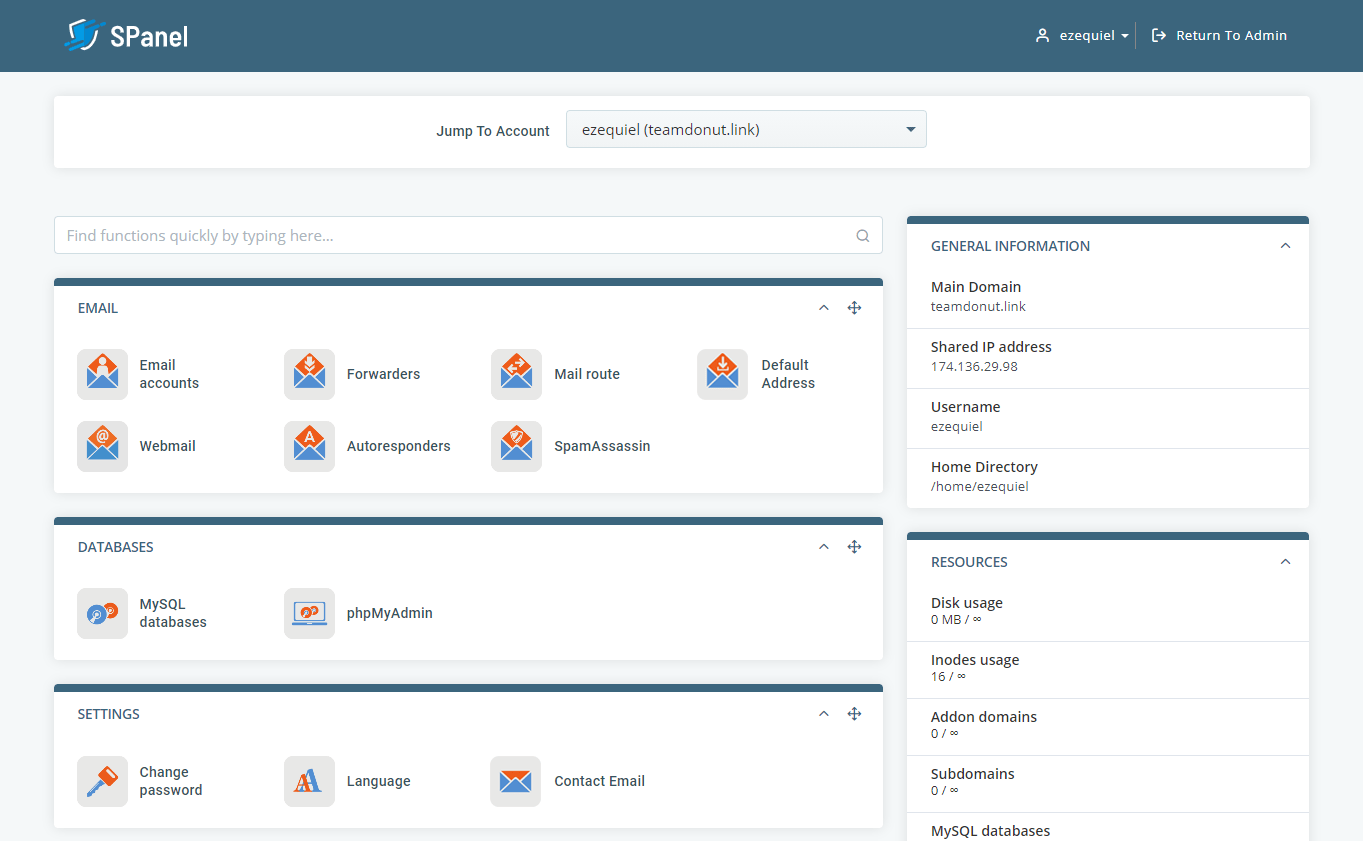
This is also where you can quickly install WordPress. Speaking of which…
There’s Easy, One-Click WordPress Installation
Fair warning: This isn’t like cPanel, where you can install hundreds of different CMSs all with one click… but you can install WordPress easily enough. In fact, you can install WordPress on the same site as many times as you can make it fit and manage all of your WordPress sites in one easy-to-access place.
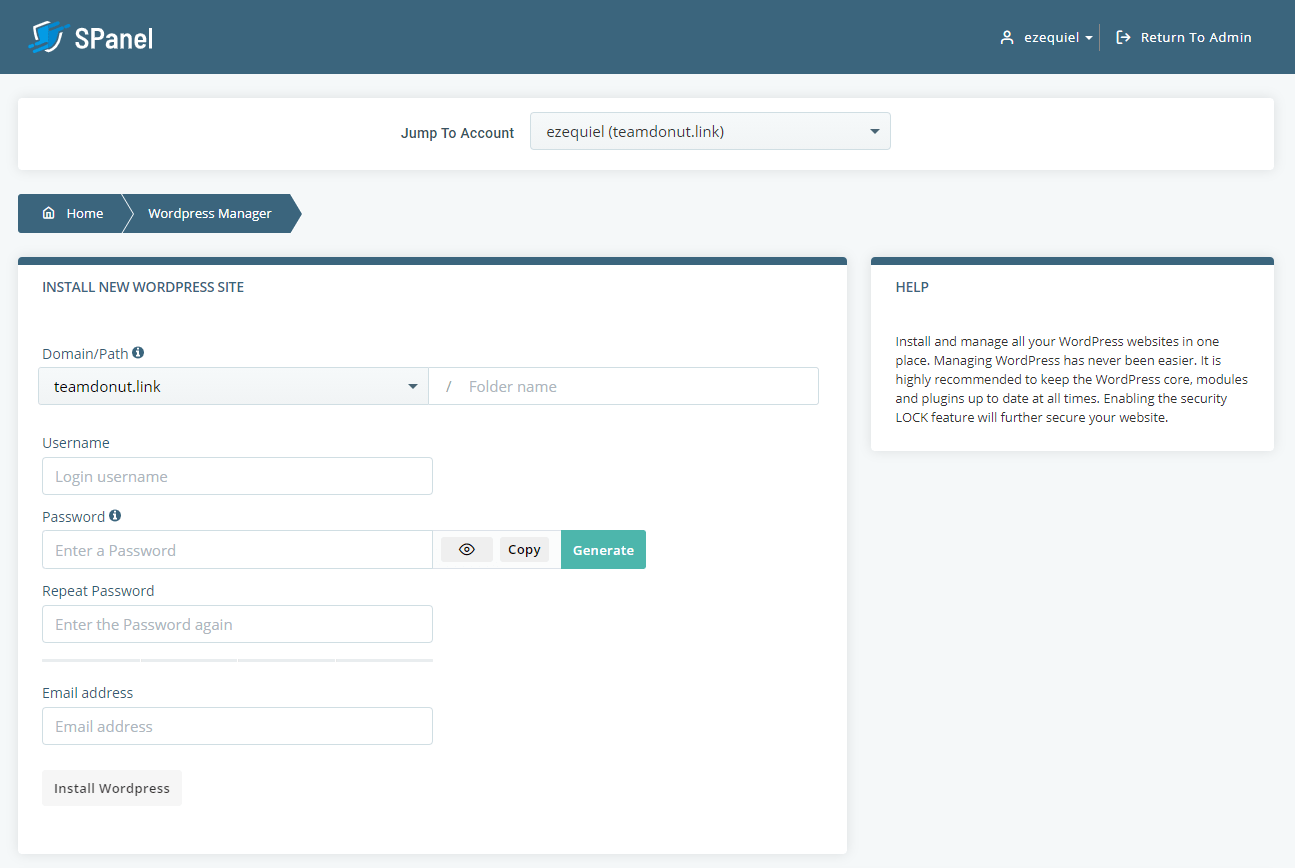
Automatic Backups Not Enough? Make Your Own
You can never have too many redundancies. The individual site management side of SPanel also allows you to make manual backups whenever you need. Unfortunately, if you have several sites on the server, you have to do this for each site account individually.
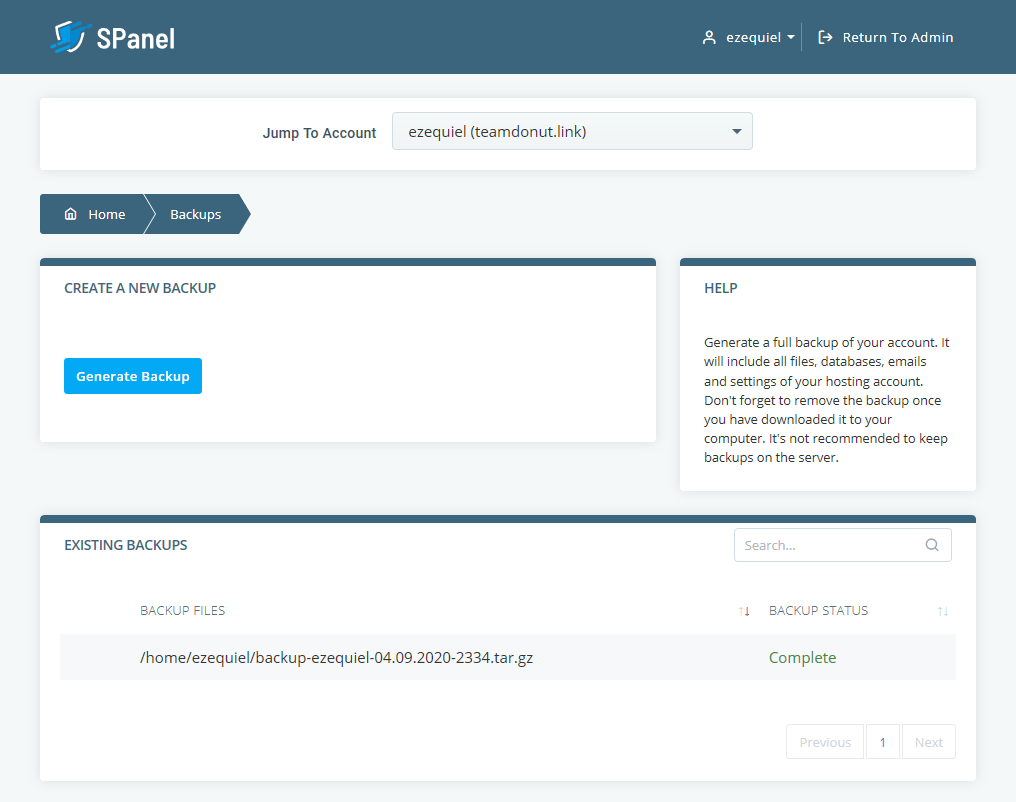
Performance
ScalaHosting Delivered Overall Excellent Performance
ScalaHosting gives you a choice between Apache, OpenLiteSpeed, or NGINX web server software, as well as the option to install LiteSpeed for an extra fee. You also get access to the Cloudflare content delivery network (CDN) to increase site performance around the world.
Though ScalaHosting offers only three native dataserver locations (two in the US and one in the UK), you can also choose between the aforementioned AWS and DigitalOcean Servers all over the world.
To test the true quality of ScalaHosting’s performance, I decided to set up a WordPress-based website. I also filled it with everything you’d expect to see from a modern landing page, like HD Images, custom CSS, and scroll effects.
Every web host we test is subjected to a rigorous standardized methodology and ScalaHosting was no exception. If you want to learn more about exactly how we test web hosts, check out our in-depth testing guide.
I should point out that for my testing website, I chose the OpenLiteSpeed web server software and installed the LiteSpeed Cache for WordPress (LSCWP) plugin. The plugin doesn’t come pre-installed, but I would definitely recommend it for anyone looking to build a WordPress site on a LiteSpeed server.
The verdict? Well, on a personal note, the VPS felt incredibly satisfying and responsive. But let’s take a look at the hard data:
You can check the following sections for a more in-depth look at ScalaHosting’s results, or jump straight ahead to see why I was so impressed with its customer support.
GTmetrix
To test my website’s complete loading speeds, I used GTmetrix and ran continuous, hourly tests for the entire two-week testing period. The results ranged from 0.6 to 1.4 seconds for a fully-loaded site. The spike in the graph below might not seem great, but a single spike in a period of two weeks is perfectly normal, and not representative of the overall results.
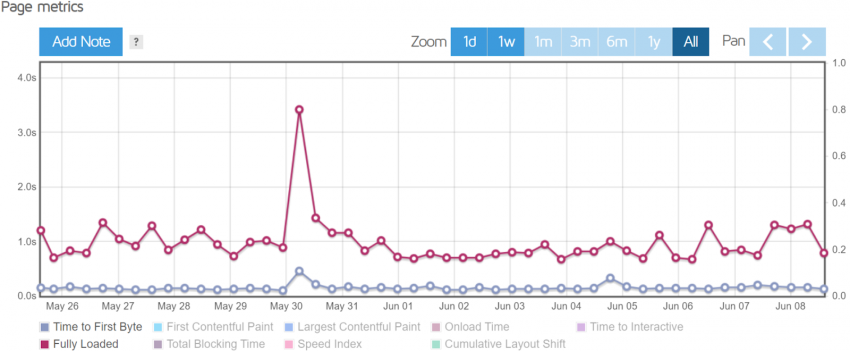
Considering that many top advisors on the web recommend that a page should load in under 2s to keep the bounce rate as low as possible, I’d say that ScalaHosting delivers on what a VPS should be.

UptimeRobot
ScalaHosting is so sure in its 99.9% uptime guarantee that you can ask for compensation if it ever underdelivers. That’s a bold claim, and while it’s nice to see the company stand behind its product, the only way to test if it truly delivers is by… well, testing it.
I used UptimeRobot to monitor my site for any periods of downtime, and wouldn’t you know it, ScalaHosting made good on its 99.9% uptime guarantee.
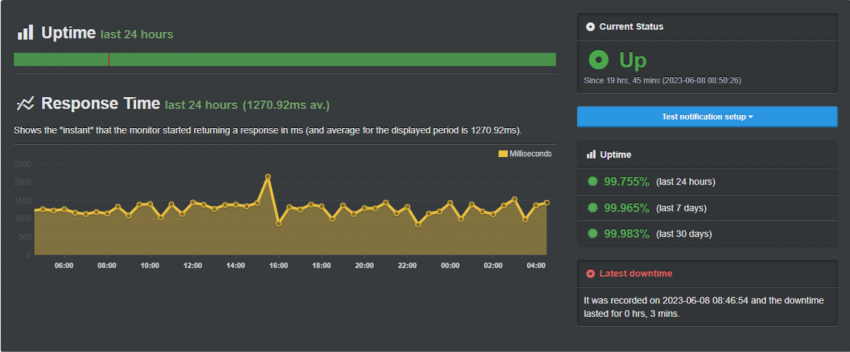
During the entire testing period, my site was only down for one period of about 3 minutes, resulting in a 99.983% uptime. Though the result is fantastic, I would be lying if I said I didn’t prefer a nice round result of 100% in my testing, especially considering that ScalaHosting’s servers use built-in redundancies specifically to avoid any downtime.
Support
The sales chat was helpful enough, and the agent responded in mere minutes. When the sales rep didn’t know an answer to one of my questions (about whether I could use Node.js on the managed servers), they took a moment to ask the support team. (Oh, and yes, you can use Node.js and Ghost with the managed servers.)
Communication between teams, people! I love it. It should be noted, though, that the sales and billing teams are only available from 7:30 a.m. to 10 p.m. (GMT).
Later, when I needed help from tech support (which is available 24/7), the results were likewise fast. I wasn’t actually having any problems, but I wanted to know what OS my server was running. Incidentally, it was CentOS 8.
Their English wasn’t perfect, and I wasn’t exactly asking tough questions, but I was satisfied enough with my experience.
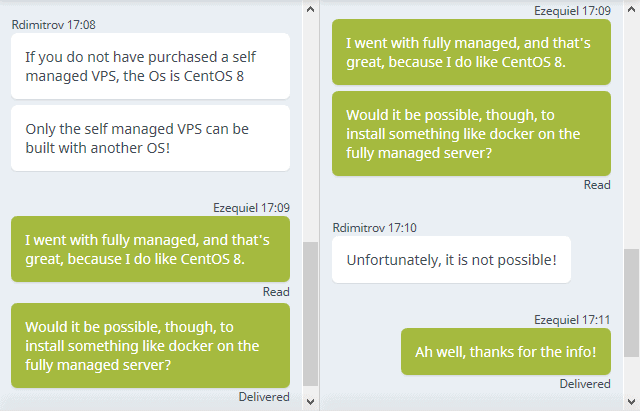
I opened a ticket to see how hard it would be to use a GitHub repository with my VPS. Turns out, you need to do it the command line way, but if you use GitHub a lot… you probably know how to do that. Anyway, the response came in 10 minutes, with helpful information about how to get started.
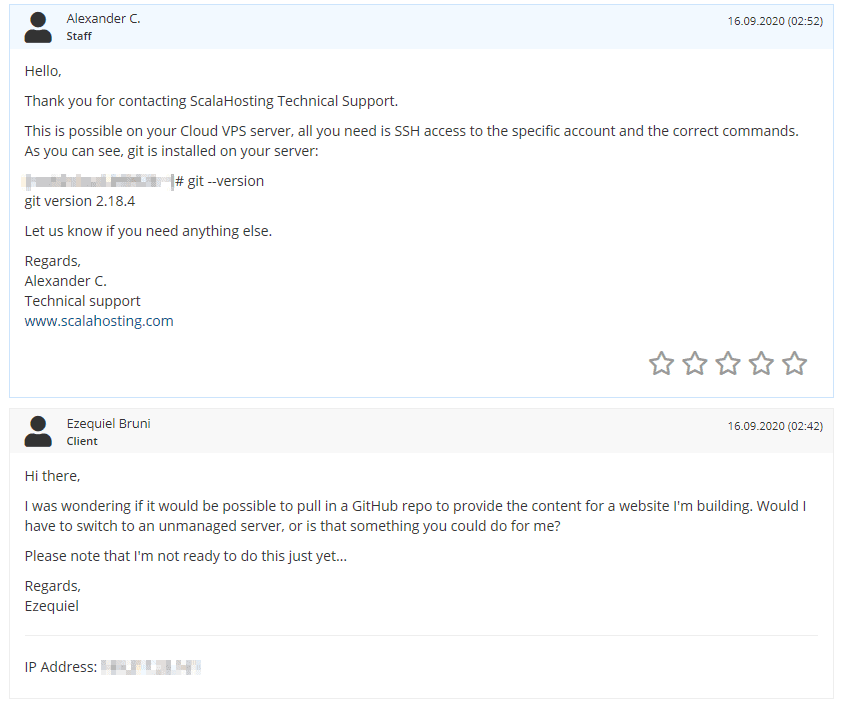
Pricing
While there are certainly cheaper VPS options out there, ScalaHosting is very affordable, and you don’t have to stick to the predefined server plans. Even on the managed plans, you get a lot of freedom to customize your server’s resources individually (you just won’t have to worry about the super-technical details of keeping your server up.) This can make a huge difference in pricing, making it less likely that you’ll pay for things you don’t need.
If you do enjoy getting super-in-depth, ScalaHosting also offers completely unmanaged VPS plans, so you get full control over your virtual machine. The unmanaged plans are a little more expensive, at least at first, which is actually quite odd considering that most other hosting providers charge extra for taking care of your server management for you.
You have the option to make payments for your servers using a credit card (Visa, Mastercard, and American Express), PayPal, or through a direct bank transfer. Additionally, you retain the flexibility to upgrade your plan or incorporate supplementary resources whenever you choose.
If you do decide to upgrade in the middle of your billing period, you won’t be billed the full price, just the amount appropriate for the length of time those resources were actually available to you
You know… how it’s supposed to happen.
Cancellations and Refunds
So if you decide that ScalaHosting just isn’t for you within 30 days, you’re good. You can get yourself a refund by just clicking on the little menu next to your server and then clicking Request Cancellation.
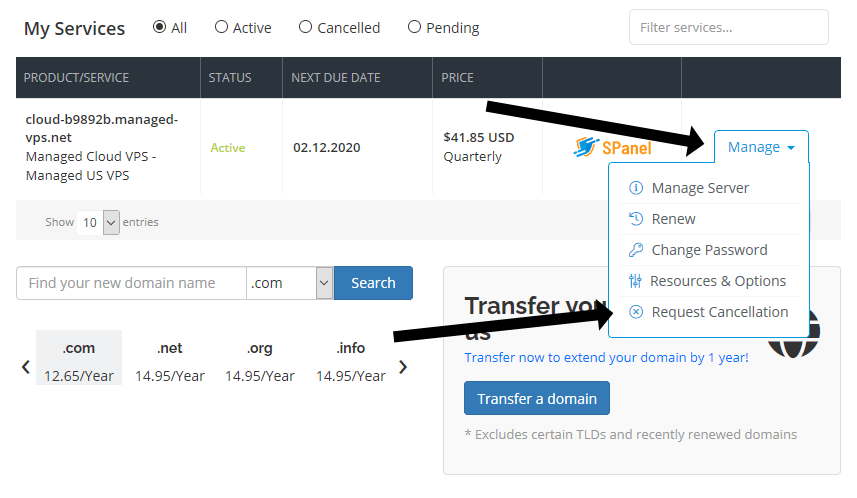
Then you’ll just have to explain why you want to leave. If you’ve paid for the hosting via PayPal, make sure to cancel any automatic payments yourself, as this will not be handled for you.
Please remember, though, that the billing team does not work 24/7, so they likely won’t process any refunds immediately if you cancel your service too early or late in the day.
The Bottom Line
All things considered, ScalaHosting tested well, and I had basically no issues with it. Its simple and user-friendly SPanel makes it ideal for newcomers to VPS hosting and experts alike. Add to that a well-rounded set of features and an excellent customer support team, and it’s easy to see what makes ScalaHosting such a valuable VPS option.
The high-quality and affordable plans, plus the intuitive SPanel also make ScalaHosting one of the best options if you’re looking to upgrade from shared to VPS hosting.
FAQ
Does ScalaHosting offer cheap VPS?
Yes, ScalaHosting is one of the most affordable VPS hosting providers. In particular, its managed VPS hosting plans offer some of the best value you’ll find on the market. And thanks to its “anytime” money-back guarantee, you’ll never have to pay for resources you’re not using.You can find more details about ScalaHosting’s VPS pricing in our in-depth ScalaHosting VPS review.
Is VPS hosting better than shared hosting?
VPS hosting is by far more powerful, secure, and flexible than shared hosting. Whether it’s better or not depends entirely on your needs. If you’re looking to host a small blog or a one-page website that doesn’t get lots of traffic, then VPS hosting might be overkill.However, VPS hosting can be a wise investment if you find yourself in need of more powerful tools. If you’re looking to make the switch, ScalaHosting is one of the best VPS hosting providers for updating from shared hosting.
Is VPS hosting more secure than shared hosting?
Yes. VPS hosting gives you access to your own dedicated virtual server and a unique IP address. As a result, it can give you better protection against DDoS attacks, spam, blacklisting, and more if the vendor provides this for you, or if you know how to configure the security features yourself. ScalaHosting is one of the best choices out there for managed VPS hosting – they’ll deal with security so you won’t have to.
When should I upgrade from shared to VPS hosting?
While this can be somewhat personal, it’s typically when your site begins to attract more visitors than shared hosting can manage. If you’re aiming to handle secure transactions like e-commerce, if you’re trying to connect with a broader worldwide audience, or if you’re planning to host multiple additional websites, VPS could be a suitable choice.However, not all VPS hosting providers are the same. VPS hosting can often come with a steep learning curve that might frustrate first-time users. Thanks to its intuitive control panel and managed service, ScalaHosting is one of the best options for upgrading from shared to VPS hosting.



